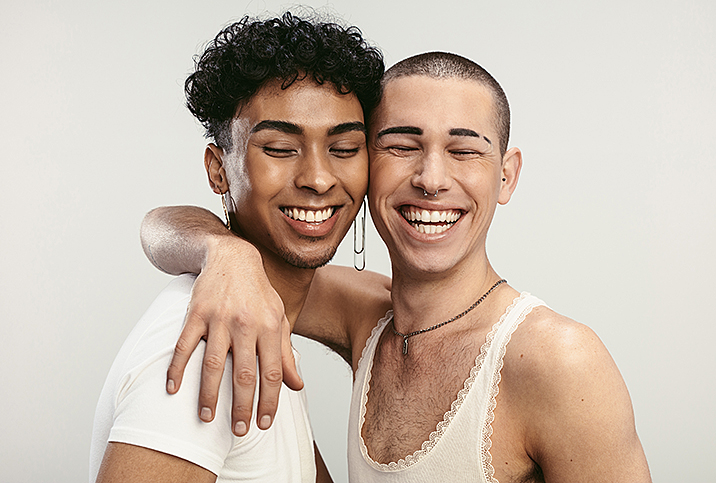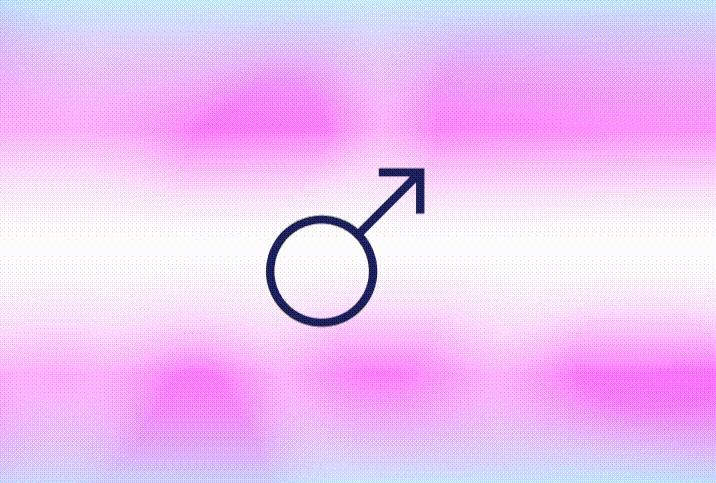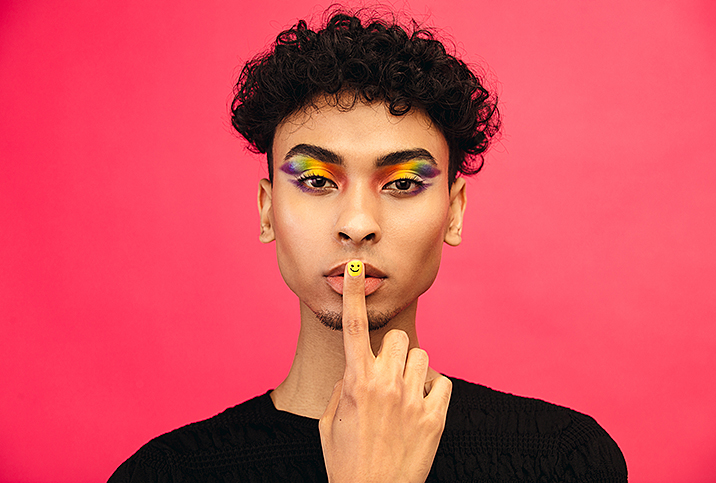Relationships in Transition

The stats aren’t entirely encouraging. The most commonly quoted studies report that if a transgender person begins their transition during a relationship, that relationship has only about a 50 percent chance of lasting.
But those numbers can be misleading.
A systemic literature review published in the International Journal of Transgender Health, in July 2020, laments the lack of adequate study into the qualitative features of relationships during gender transition. The authors of the literature review report that the association between relationship satisfaction and mental health for transitioning people is a bidirectional one. Relationship challenges associated with transitioning can worsen mental health; at the same time, mental-health challenges linked to transphobia or dysphoria can have negative effects on relationships.
What to expect
Transition both is and isn’t like flipping a switch. My first dose of testosterone felt like being inside my body in a completely new and different way. But the outside of that body hadn’t yet changed, not in any visible way. Transition isn’t a quick fix for dysphoria.
Many trans people actually experience more of certain kinds of dysphoria in the early stages of transition, as new features are still breaking through, and other features—for example, my incredibly visible breasts—stand out even more than usual.
Gender & sexuality
Yes, gender and sexuality are two different things, but they are often entangled. Many transgender people report a change in sexuality during the course of their transition. In addition to the impact this change can have on relationships, partners of transitioning people grapple with their own identity, according to a 2017 study in Culture, Health and Sexuality.
Another study, published in the Journal of GLBT Family Studies in 2017, defined the changes transgender people must navigate in their relationships with five common themes:
1. The oppressive gender binary system
Many trans people know they are trans from a young age. I didn’t. Even figuring out there was a binary I could exist outside of was a late-coming revelation that I am still deprogramming.
2. Coming out and disclosure decision
How do we decide to share those revelations with the people we love? When and why? I corrected people on my pronouns online long before I started doing it in my home.
3. Emotional and physical sexuality concerns
Years after I first came out as nonbinary, but months before naming my dysphoria and starting my hormonal transition, I told my partner I didn’t think I was attracted to men anymore. “Sexuality is fluid,” I figured. It turns out it was not my attraction that had changed, but my ability to tolerate being seen as a woman by my sexual partners.
4. Healthy relationships are work
None of these conversations have been easy. We are definitely still in the thick of it, still figuring things out. I’ve never trusted the idea that good relationships should be “easy.” When has life ever been easy? We’re learning intimacy all over again, but as queer and trans this time.
5. Living an authentic life
The first thing I noticed after starting hormonal transition was the way my interactions with my partner felt like a performance. I was tense. I was playing a role—that is, the part I thought I was supposed to play based on how we were recognized by the world: a straight couple.
Rooting out our unconscious bias, our ingrained roles and our programmed responses takes real, sustained effort.
The kind of effort required to navigate the challenges presented by social, hormonal and surgical transition takes real commitment. And that commitment is not just toward a relationship with someone else; it should be mainly directed to ourselves. And the goal should be to become our real selves.


















